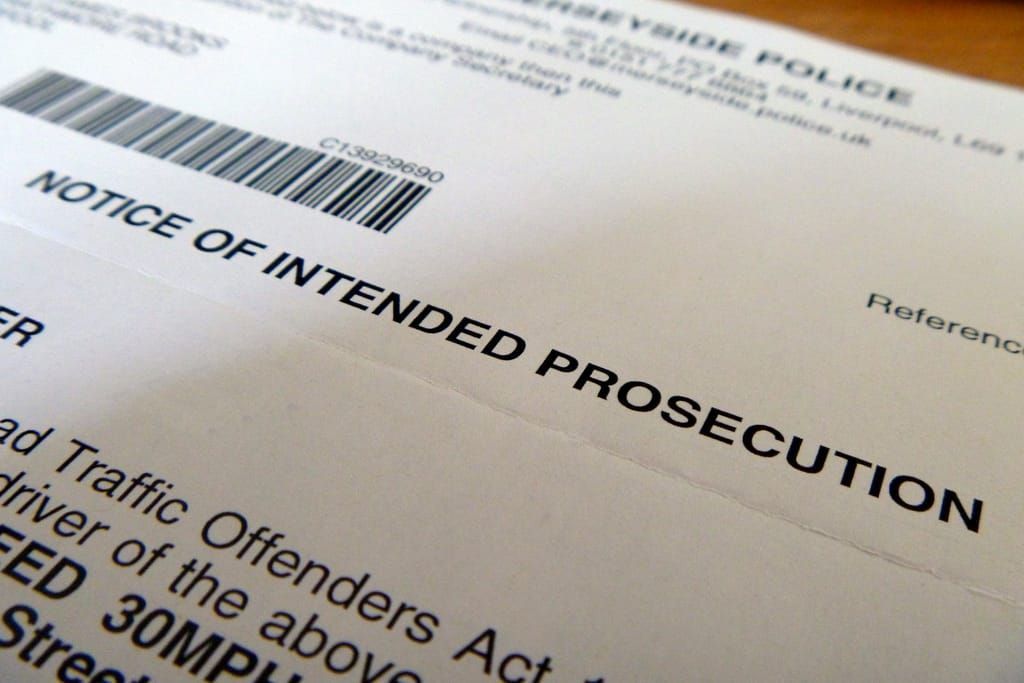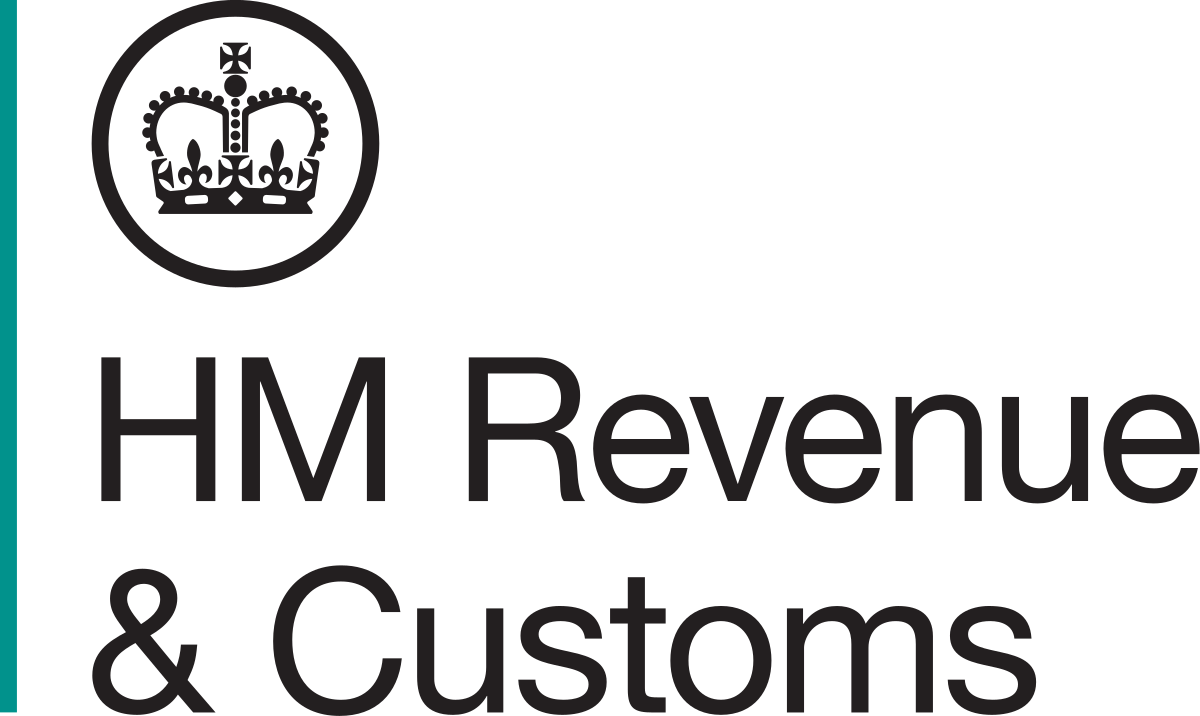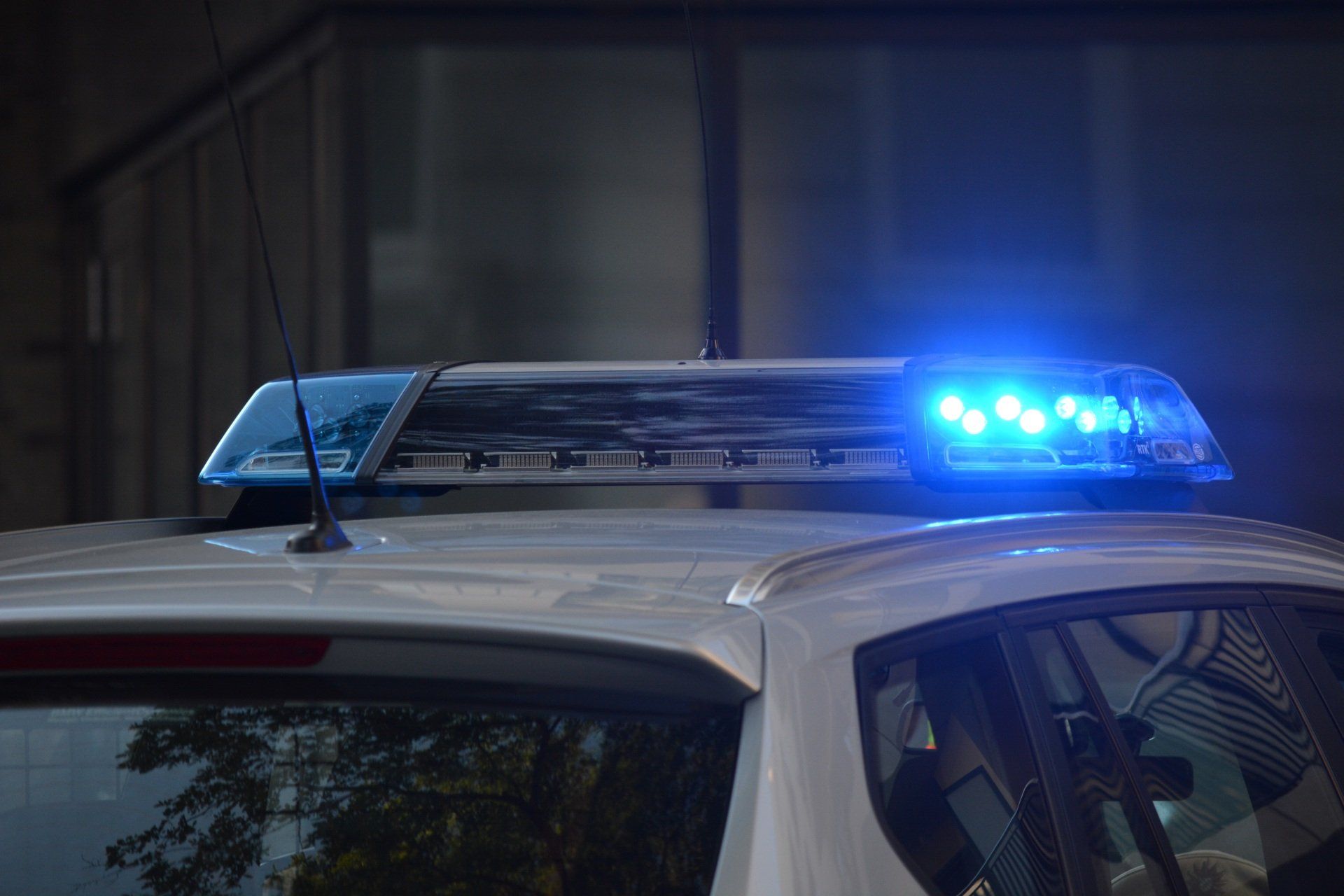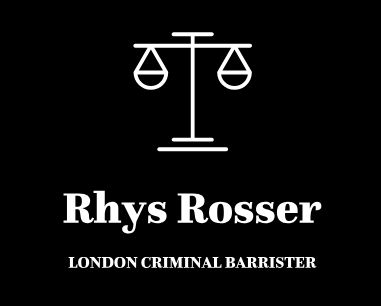Notice of Intended Prosecution
Receiving a Notice of Intended Prosecution is the first step in a motoring offence, however, it does not mean that a conviction is inevitable.

Where a vehicle is alleged to have been involved in a motoring offence, the first step is that the Police will write to the registered keeper to establish the identity of the driver. There are a number of things that should be considered when providing a response.
Are they within time?
It is a requirement that within 14 days of an offence being committed, either the driver or the registered keeper must be warned that they may be prosecuted. This is a requirement under Section One of the Road Traffic Offenders Act 1988. This must be done in one of the following ways:
- At the time of the offence, the driver is warned that there will be a consideration of prosecuting for an offence;
- Serving a written Notice of Intended Prosecution on the driver or the registered keeper (by first class post, direct delivery or addressing and leaving at the address);
- Issuing a summons (charge) in respect of the driver.
If the above steps have not been completed, this will be an absolute defence to any proceedings in respect of the driving. As such, the Police should immediately be informed of this and invited to bring an end to proceedings. There are two exceptions to this rule:
- An accident took place;
- A fixed penalty notice was issued.
Are the details of the driver and alleged offence correct?
It is common for the Police to make mistakes in respect of an alleged offence, if they have done this then it is immediately arguable that they cannot proceed. As such, it is vitally important to check that the following are accurate:
- Time of the alleged offence;
- Date of the alleged offence;
- The address of the registered keeper (or the nominated driver);
- The vehicle's registration number, make and model.
What other information do the Police provide?
The next stage becomes much more complicated. With certain police forces, they will now provide a link to view certain materials, this will ordinarily include the following:
- The initial request for driver details;
- Calibration certificate;
- The screenshot of the calculation stage.
This is a stage when the above can be robustly challenged, looking at whether an approved device has been used which is properly calibrated as well as whether the calculation has been correctly and reliably carried out. This often requires specialist legal advice in order to ensure the matter is properly raised.
What about charging time limits?
In respect of a motoring offence which is summary only, a charge must be laid or a requisition issued within a period of 6 months from the date of the offence. This is a time limit that cannot be extended.
How should I complete the form?
This depends on whether you were the driver or not. If you were the driver then you should confirm the information (once you have considered the above points). If you were not, then you should complete the form giving the details of whoever the driver was. It is really important to ensure that the form is completed, rather than simply providing a covering letter, as the legislation makes clear that all the information must be contained in the form.
Falsely providing driver details is a serious offence and can amount to perverting the course of justice and a prison offence, it is vitally important to complete the form truthfully.
Fill in the Below to Contact Rhys and to obtain legal advice










